Get Started with ChatGPT: How to Use It in 2 Simple Steps for 2024!
 Vladislav Guzey
Vladislav Guzey
In this article, I will tell you all you need to know about ChatGPT, show you how to use it, and teach you the right way to ask your questions.
To learn the basics, you don’t need to spend your money and time watching hour-long tutorials. You can grasp the essentials in just 1–3 minutes and then enhance your skills through practice.
What is ChatGPT?
ChatGPT is like a robot friend you can talk to on the computer or phone. It’s very smart and can chat with you, answer your questions, and help you with things you want to know or do. Just like when you talk to a friend, you can type to ChatGPT, and it will type back to you, trying its best to be helpful.
What ChatGPT can do for you?
ChatGPT can do lots of things to help you! Here are some examples:
Answer Questions. If you’re curious about something, like why the sky is blue or how airplanes fly, you can ask ChatGPT, and it will give you an answer.
Tell Stories. If you want to hear a story, ChatGPT can make one up for you. You can even choose what the story is about, like dragons or space adventures.
Help with Homework. If you’re stuck on a homework question, ChatGPT can try to help explain it in a way that’s easier to understand.
Learn New Things. If you’re curious about a new topic, ChatGPT can provide information and teach you about it in a simple way.
Etc.
How to Use ChatGPT
First, you need to register on https://chat.openai.com/. Once registered, you will gain access to the page where you can ask questions ChatGPT.

How to Write a Good Prompt
The second step is to begin asking your questions or, in other words, writing prompts.
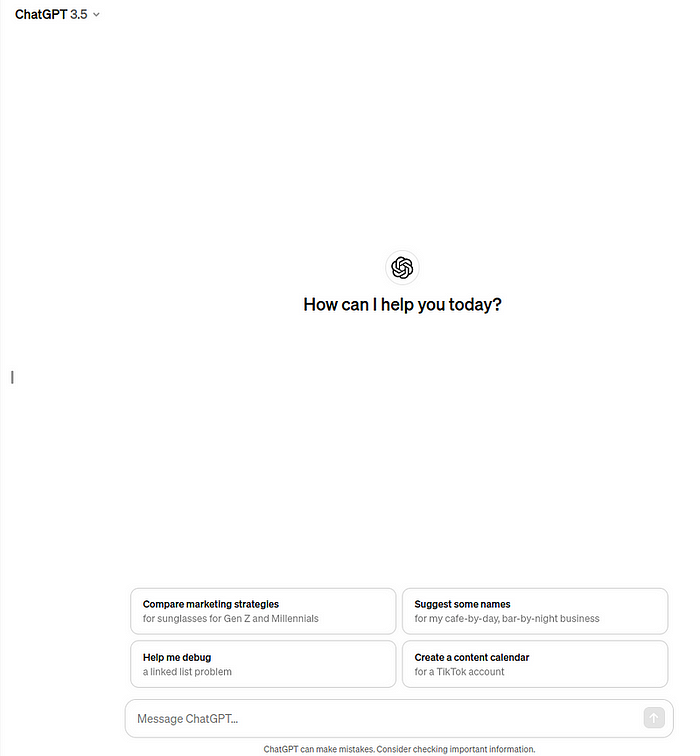
Writing the best prompt for ChatGPT or any AI model from OpenAI involves clearly and effectively communicating what you want the AI to do. Here’s a simple guide you can follow, inspired by the principles in the provided link but explained in simpler terms:
Be Clear. Tell the AI exactly what you need. For example, if you want a story, mention what kind of story, like a fairy tale, a space adventure, or a mystery.
Be Specific. Give details. If you’re asking for a story about a dragon, describe the dragon. Is it friendly? What color is it? Where does it live? The more details you give, the better the AI can understand and create what you’re imagining.
Provide Examples. Sometimes it helps to give an example of what you want. If you want a poem, you could say, “Write a poem like ‘Twinkle, Twinkle, Little Star’ but about the sun.”
Use Simple Language. Especially when explaining to a child, use simple words and short sentences. The AI needs to understand your instructions, and clear, simple language helps.
Ask for What You Want Directly. If you want help with homework, say, “Explain how photosynthesis works in a way a 5-year-old can understand.” Being direct helps the AI know exactly what to do.
Check and Adjust. Sometimes the first response might not be perfect. You can always ask again with more details or clarify what you want differently.
By following these steps, you can craft effective prompts that help the AI understand and respond to your requests in the best way possible.
Examples of a Good and a Bad Prompts
Your prompt don’t have to be too long, it could be short.
Bad prompt: “Explain computer internet connection.”
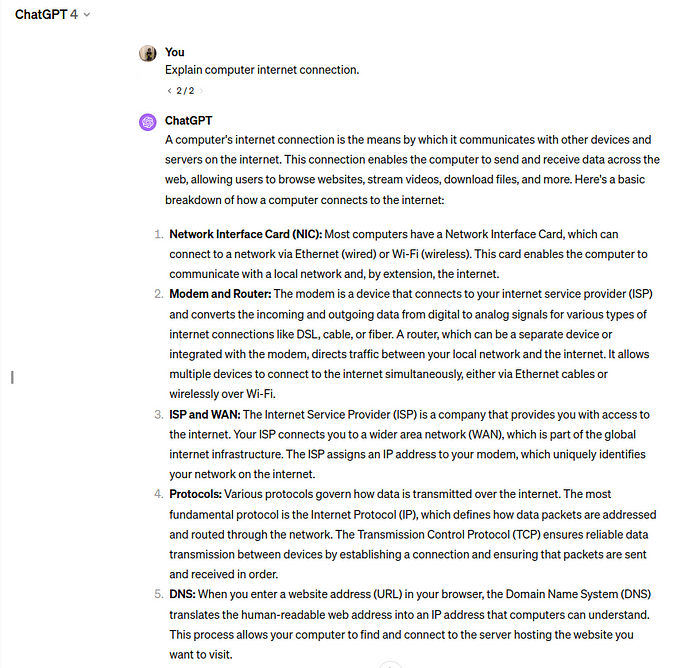
Good prompt: “Describe how a computer connects to the internet in a way that a complete beginner would understand, using simple analogies.”
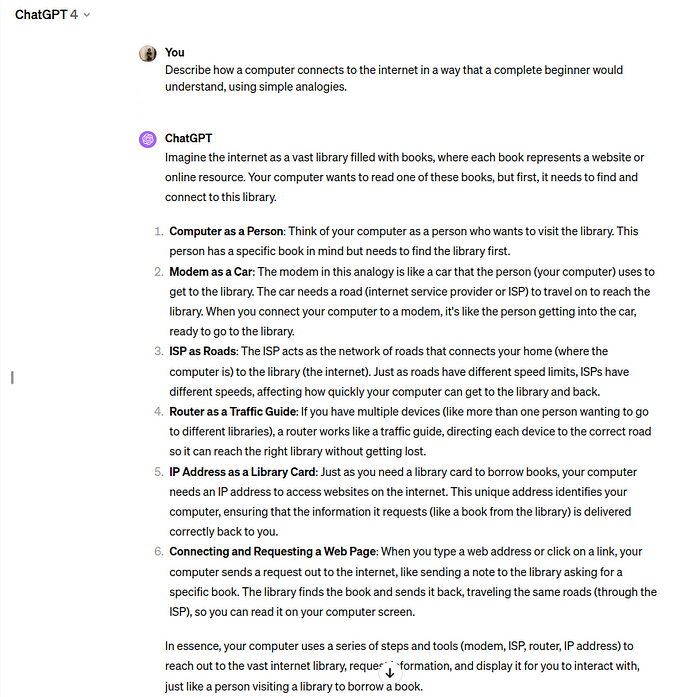
Bad prompt: “Solve 5 apples minus 2.”
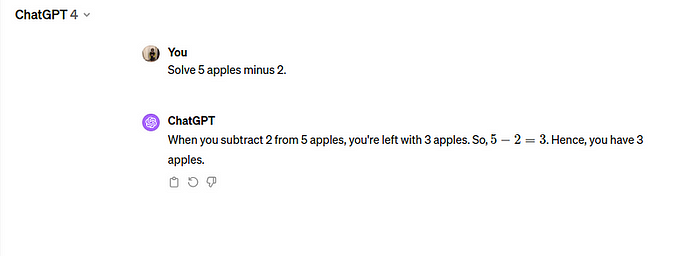
Good prompt: “Compose a poem about the ocean, using vivid imagery to describe the waves, the marine life, and the feeling of the sand beneath your feet. The poem should evoke a sense of calm and wonder.”
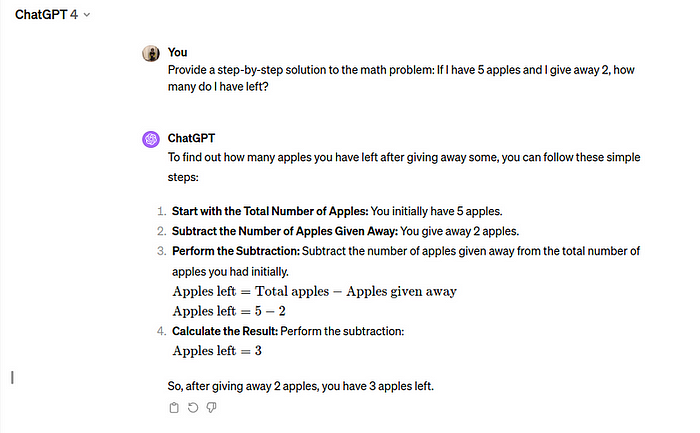
You can find more good examples here: https://platform.openai.com/examples
If you want to know more about prompt please follow this link https://platform.openai.com/docs/guides/prompt-engineering
That’s it! :) If you like this article please don’t forget to click like and share your feedback. Thanks!
Subscribe to my newsletter
Read articles from Vladislav Guzey directly inside your inbox. Subscribe to the newsletter, and don't miss out.
Written by

Vladislav Guzey
Vladislav Guzey
Full-Stack Web Developer